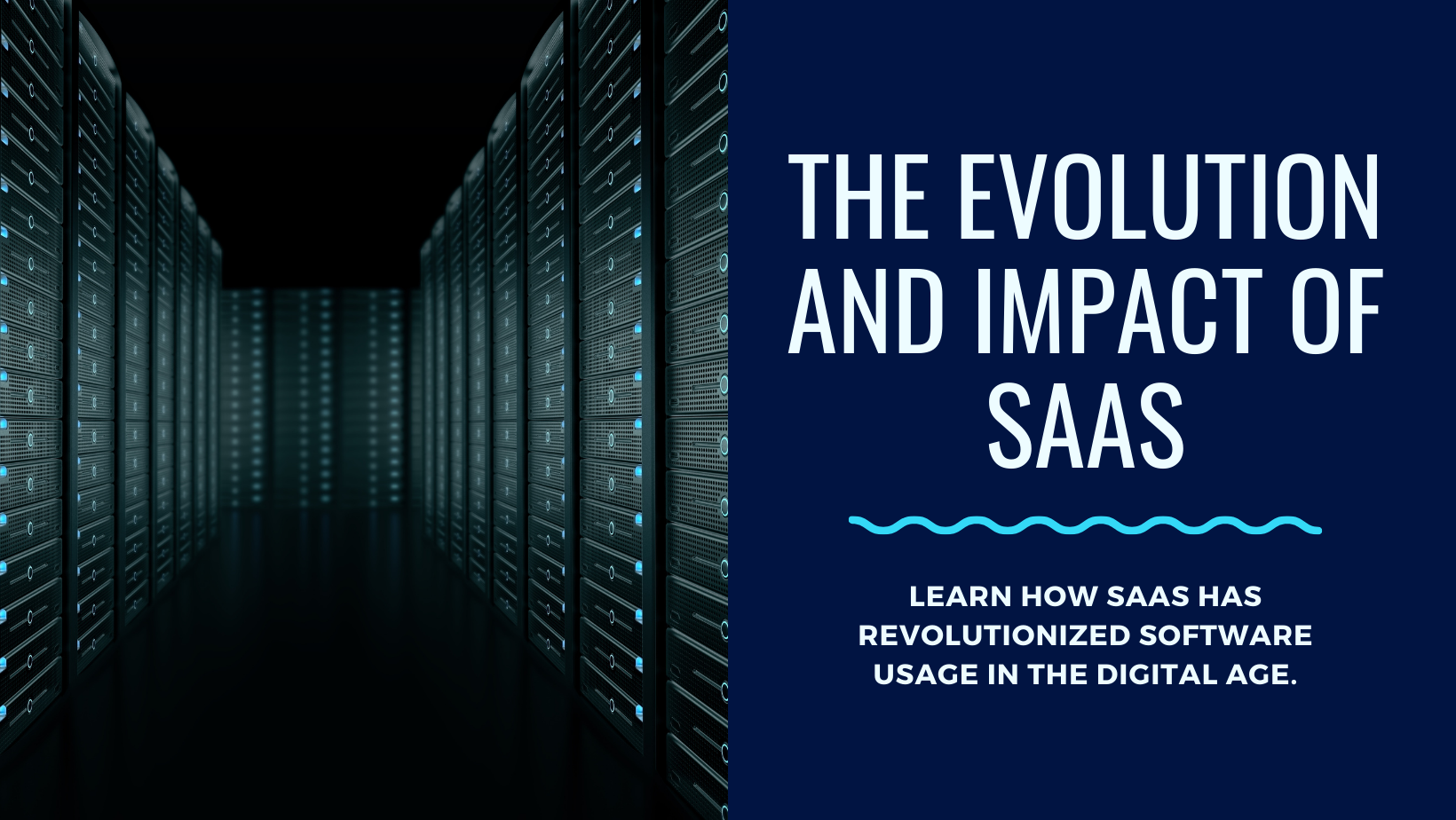Introduction
Welcome to our deep dive into Software as a Service (SaaS), a revolutionary model that has reshaped software delivery and utilization in the digital era. This blog post aims to explore the intricacies of SaaS, its history, defining features, and the profound impact it has on businesses and individuals alike.
The Rise of SaaS
The concept of SaaS dates back to the 1960s with the development of utility computing and time-sharing systems. However, it was the advent of the internet in the late 20th century that propelled SaaS into the limelight. Salesforce, a pioneer in this domain, revolutionized enterprise application delivery through web browsers, marking the beginning of a new era in software consumption.
Defining Features of SaaS
SaaS is distinguished by its accessibility, allowing users to connect to software from anywhere with an internet connection. This feature has been instrumental in fostering business flexibility, remote working, and global collaboration. Compatibility across devices and operational management by the provider are other hallmarks of SaaS, easing the user’s burden and ensuring seamless software experiences.
Advantages of SaaS
SaaS stands out for its cost-effectiveness, scalability, and continuous updates. It eliminates hefty upfront software investments, offering a predictable pay-as-you-go model. This scalability ensures businesses can adjust their software usage without extensive hardware or software modifications.
SaaS in the Consumer and Business Realm
In the consumer space, SaaS is everywhere – from Gmail and Dropbox to Microsoft 365. In the business sector, it encompasses a wide range of applications, including CRM systems like Salesforce, ERP systems, HRM systems, and specialized tools across various industries.
SaaS: A Catalyst for Software Democratization
SaaS has democratized software access, allowing small businesses and startups to leverage tools previously limited to large corporations. This democratization has spurred innovation and competition, enriching the software market.
Customer-Centric Approach in SaaS
The subscription model of SaaS compels providers to consistently deliver value, emphasizing user experience, regular updates, and responsive customer service.
SaaS in Digital Transformation
SaaS is not just a technological shift; it is a cornerstone in the broader digital transformation landscape, redefining how we work, collaborate, and create value in an interconnected world.
Conclusion
SaaS goes beyond changing software delivery; it represents a new paradigm in our interaction with technology. Its principles, especially relevant in the emerging niche of Micro SaaS, continue to drive innovation and transformation.
For a more visual understanding of SaaS and its impact, check out our detailed video on the topic: Understanding Micro SaaS.


Ahaa, its fastidious discussion concerning this post at this place at this weblog,
I have read all that, so at this time me also commenting here.